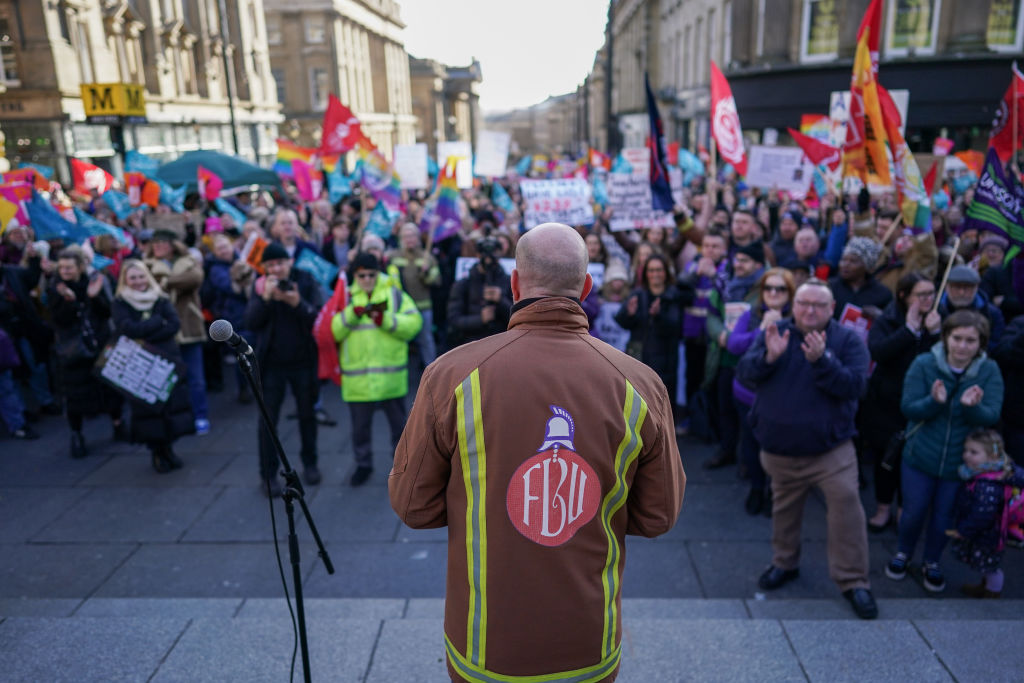Explainer: Among rail and school strikes, how supportive is the public?

Today is both the first day of a new month and the first day of a new string of cumulative strikes that will go on for much of February. Rail workers, teachers, airport and university staff and the civil service are on the picket line today.
It’s been months since industrial action started its resurrection in the UK, yet the view of the public stays fairly steady. Net support for striking nurses is at 35 per cent, for ambulance staff at 30 per cent, for teachers at 10 per cent and for bus workers at 4 per cent.
When it comes to “strong support”, 42 per cent of people strongly support nurses, while only 18 per cent strongly support rail workers and 16 per cent strongly support civil servants. Those who “strongly oppose” nurses striking are 16 per cent, while the number goes up to 23 per cent for rail strikes, according to the Fairness Foundation.
NHS workers are piling up much of the public sympathy. That’s part of why health unions are not striking today: they feel like they have special status and want to keep their cause independent. They probably reckon this strategy will keep support high, hence the decision of joining the picket line on separate days further down the line.
Support is stronger for those groups of workers who successfully convinced the public they are striking to protect public services on their knees, new research from the Fairness Foundation has found.
This is clearly the case for nurses and ambulance staff, who have plenty of evidence from a struggling NHS under record pressure to back up their claims. It’s much less the case for civil service or lecturers at university.
Another factor influencing whether the public supports strikes or not is pay levels. Sixty-three per cent of people support workers joining the picket line if they earn between £10,000 and £25,000. This number goes down to 41 per cent for workers earning between £25,000 to £50,000, and drops to 17 per cent for workers earning more than £50,000, according to polling by Redfield & Wilton Strategies for the New Statesman.